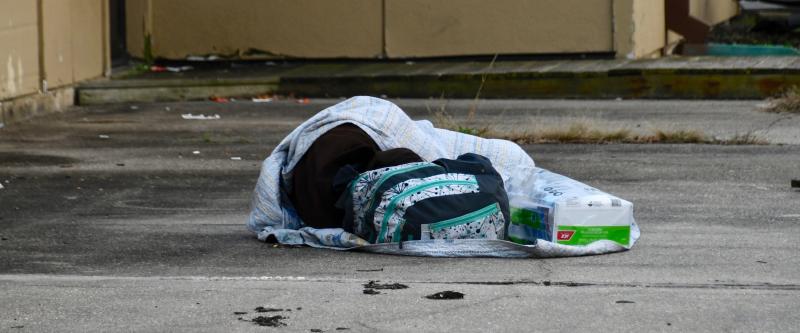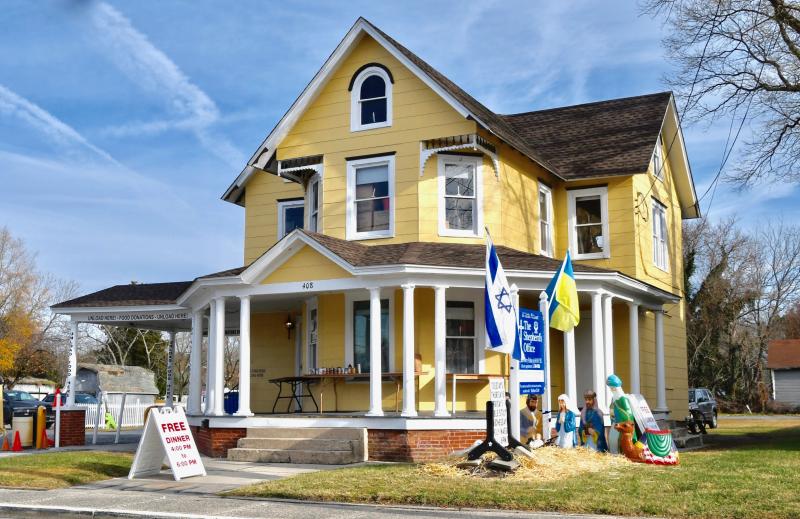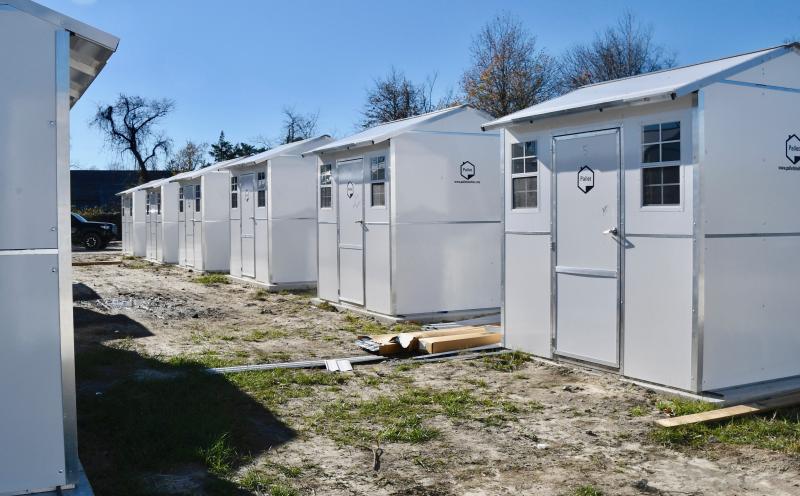State homeless population increasing
A recent Housing Alliance Delaware report shows that the number of homeless people in the state has doubled since 2019, and the number of homeless families with children has tripled. Nearly 33% of all homeless people in the state are under the age of 18, the highest number ever recorded by the alliance.
The highest percentage of homeless are in Sussex County, according to the report. In 2022, more than 1 in 3 people who were experiencing homelessness in the state were in Sussex County, and 566 of those people were sleeping in hotel and motel rooms paid for by the state.
Because of the COVID-19 pandemic, over the past two years, the state became the single largest provider of emergency shelter, issuing emergency hotel/motel vouchers for 839 families in 2021 and more than 1,000 in 2022. Compare that to 50 vouchers issued in 2020. And because of the pandemic, stays in rooms have been longer than usual. The Department of Health and Social Services and State Service Centers provide vouchers using pandemic emergency shelter funds.
The alliance’s Point in Time survey found that on one night in January 2019, 921 people were experiencing homelessness. On one night in February 2022, the number was 2,369 people.
The state halted the pandemic relief shelter program on Oct. 1, and immediately more than 400 families had no housing.
In the report, Rachel Stucker, alliance executive director, wrote: “Like many of you, I have no more patience for the suffering that I see each day in our communities and on our streets. Please, join us at the table as we work toward a new and better normal, where everyone has a safe place to call home.”
Rental issues continue
Rents have seen dramatic increases over the past two years as demand for apartments increases. The average two-bedroom apartment in the state rents for $1,183 per month, which requires an hourly wage of $22.76 to meet the 30% of income threshold. Housing is considered affordable when housing costs are no more than 30% of a household’s gross income.
More than 55,000 workers in the state earn the minimum wage of $10.50 an hour, or $21,840 per year.
Full-time minimum-wage workers can afford to pay $546 in rent per month.
Of the 100,000 renters in Delaware, 26,000 are considered extreme low income who spend more than 50% of their household income on housing.
In Delaware, and every other state in the nation, no one earning Social Security disability insurance can afford a one-bedroom apartment without substantial housing or financial assistance.
In Delaware, there are 13,832 publicly supported rental homes. Thousands rely on some type of government subsidy to be able to afford housing, such as low-income housing tax credit, subsidies, housing choice vouchers, public housing or other types of government rental subsidies.
The report found that over the next 15 years, the number of rental units with expiring affordability restrictions will increase to more than 5,000 units.
Eviction rates will increase
The report contained some surprising data on evictions. Before 2020, Delaware had one of the highest eviction rates in the nation. But because of the pandemic, funding has been available to assist renters, and in April, May and June of 2020, an eviction moratorium was in place.
The eviction rate has been well below the national average since 2020.
Surprisingly, only 2% of tenants have legal representation in eviction court, while 86% of landlords do, and 82% of the time, landlords win their cases. More than 70% of tenants don't show up for court dates.
A University of Delaware report showed that 28% of eviction cases are to collect money in amounts less than $1,000.
The report noted that once a person has an eviction on their record, obtaining housing becomes more problematic.
With federal eviction rental emergency funds from the Delaware Housing Assistance Program available from March 2021 to August 2022, nearly 37,000 requests were made to the state by tenants for rent or utility funds. The report found that just under 17,000 of the requests were honored, with the state paying out $93 million in rental assistance, $4.1 million in utility assistance, and $200,000 to cover security deposits to avoid evictions.
When the $25 million remaining in emergency funding runs out, officials expect eviction rates to rise to pre-pandemic levels.
Mortgage Relief Program
After the federal moratorium on residential foreclosure expired June 30, foreclosure rates have increased more than 100%; Delaware has the fourth-highest foreclosure rate in the nation.
The same month, Delaware State Housing Authority launched the Delaware Mortgage Relief Program. Under the program, homeowners can receive up to $40,000 to cover mortgage and tax delinquencies, missed utility payments or other delinquencies. Households are eligible if their income is at or below 150% of the state’s area median income, have experienced financial hardship because of the pandemic or have been delinquent on payments for 30 days or more.
As of Nov. 1, more than $4.2 million has been distributed to 575 homeowners. Nearly 500 applications are in progress. Nearly $36 million remains in the fund.
Rising home costs in 2021 and 2022 have made it harder than ever before for first-time home buyers, and moderate- and low-income home buyers to enter the home ownership market.
From September 2020 to September 2021, the average home price in the state increased 17%. Then over the next year, the average home price increased another 12%.
To read the report, go to housingalliancede.org.
Success stories in Sussex
• Springboard Collaborative and First State Community Action Agency are preparing to open a 40-unit homeless village in Georgetown
• Sussex County Habitat for Humanity has embarked on a neighborhood revitalization project to build 11 new affordable homes in Georgetown
• The Shepherd’s Office in Georgetown continues to provide meals, ministry, supplies and support services to the homeless
• Six Code Purple shelters in the county, including one at St. Jude the Apostle Church in Lewes, are open every night through March 15.
Homeless in Delaware
61% are black
32% are white
7% are other race
What are housing costs?
For a renter, costs include rent and utilities, and may also include application fees, security deposits, moving costs, insurance and other rental fees.
For a homeowner, costs include principal and interest on a mortgage, utilities, and may include a variety of other costs such as insurance premiums, property taxes, association fees and repairs.
Hundreds looking for shelter
In July 2022, more than 1,100 households contacted the alliance because they were homeless or having a housing crisis. Of those, 362 reported they had slept in a place not meant for human habitation the night before they reached out for help, including cars, tents, outside and abandoned buildings. Almost 400 reported they were staying temporarily with family or friends, with no other housing options.
























































